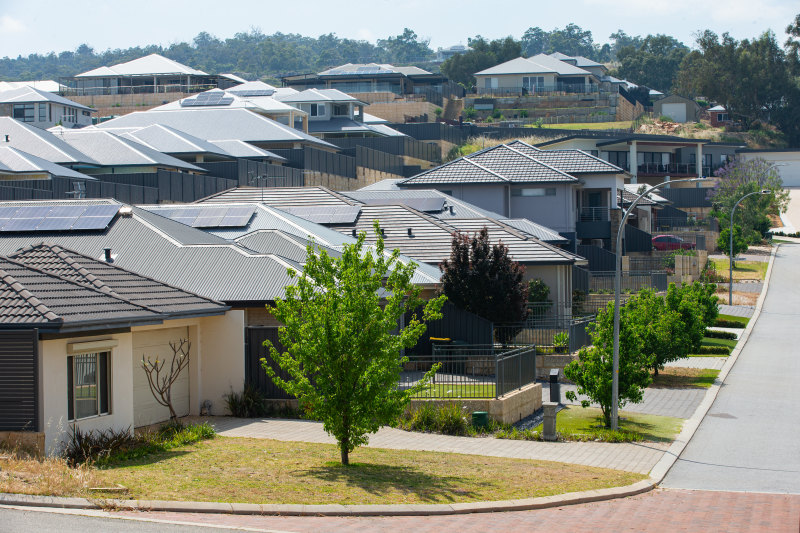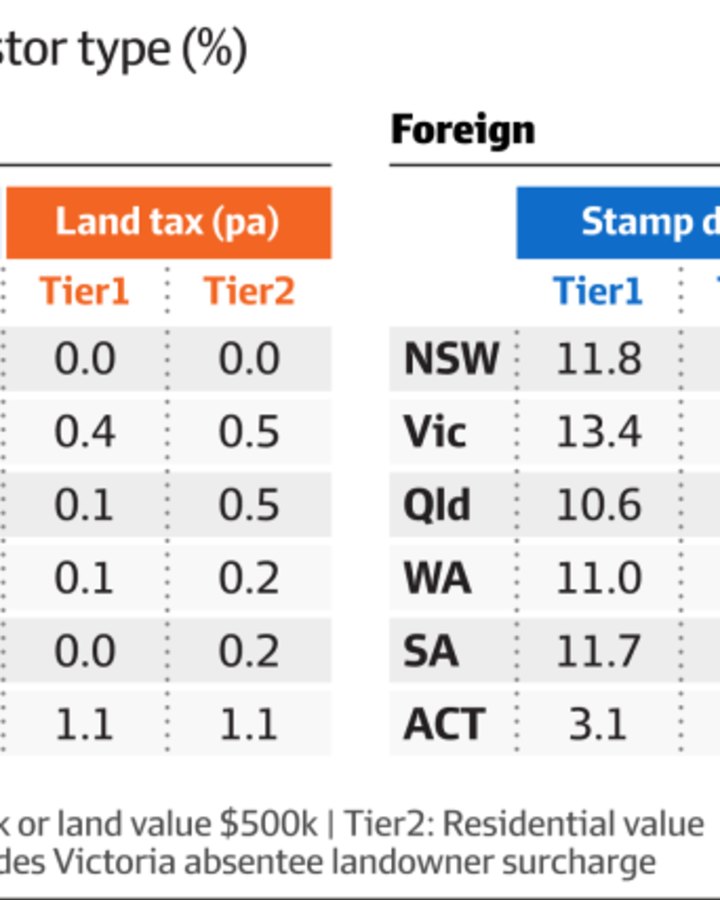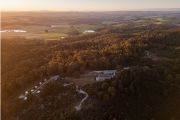
The investor survival kit for property taxes
Last month, as state treasurers handed down their budgets, Sameer Chopra, the Pacific Head of Research for global real estate giant CBRE, advised investors to be more aware of real estate taxes when buying property.
In a note headlined, State debt and real estate taxes, he argued that property taxes, stamp duties and levies will inexorably rise further.

“You cannot get away from it,” he says. Not with the level of debt weighing on many state governments and with the size of their spending ambitions.
“In my view, buyers should include sensitivities in their models for higher ongoing taxes and council rates,” Chopra wrote.
The advice also applies to existing investors. Many, particularly in Victoria, have already experienced substantial rises in property tax, have understood the impact on returns, and are selling up.
Commercial occupiers, whether they are owners, or tenants negotiating leases that commit to paying some of those rising taxes, “also need to have a strategy to mitigate against this pressure”, Chopra wrote.
He has some suggestions but first let me add some context.
Rising real estate taxes are just one of the increasing property costs, like finance, repairs and maintenance, that are forcing owners to focus even more than in the past on outgoings, rather than just income.
At the same time many, particularly in Victoria and NSW, face what seems to be an ever-increasing regime of extra costs and charges.
In the past decade, Victoria has introduced, and in some cases doubled down on, the foreign purchaser additional duty, the absentee owner surcharge, the metropolitan planning levy, the congestion levy, the cladding rectification levy, the windfall gains tax, the short stay levy, and most recently the commercial and industrial property tax to replace stamp duty on certain transactions.
All the while land tax has continued to rise, both as land values have increased and thresholds have been tweaked.
My colleague, Gus McCubbing, reported on one Melbourne plastics manufacturer, Corex, whose land tax bill has soared from $17,305 in 2019 to this year’s $177,400.
Not surprisingly, property industry confidence in Victoria is at its lowest level since the pandemic lockdowns, and the lowest in the nation, according to Procore/Property Council Survey released at the beginning of July.
“The constant march to higher taxes and thresholds is leading to uncertainty in the markets,” says the Property Council’s group executive, national policy and advocacy, Matthew Kandelaars.
It’s not just Victoria. In NSW, Treasury expects land tax receipts to rise from just under $6 billion in 2022-23 to $9.8 billion in 2027-28 including an extra $1.5 billion over the next four years derived by a new policy of halting the indexation of thresholds.
‘Good tax, bad tax’
In Queensland, where the Miles government will review property taxes should it win the coming election, land tax receipts are forecast by Treasury to increase by over 60 per cent in the next four years.
Nevertheless, raising property taxes, particularly on a small number of owners, is politically attractive, and underpinned by the widely held view that land tax is a “good” revenue raiser as opposed to the “bad tax” of stamp duty.
“Land and resource taxation captures the value created by social demand (and) leads to greater resource efficiency and investment where it will make a positive impact,” says Rayna Fahey, spokesperson of research house, Prosper Australia.
“Prosper Australia applauds the much-needed shift by state governments away from inefficient taxes like stamp duty onto land taxes (which) encourage efficient land use and disincentivise speculative vacancy and land banking.
“While we are seeing investors leaving the Victorian market, they are increasingly being replaced by first home buyers, which is further evidence that land taxes improve housing supply and affordability.”
The Property Council’s Kandelaars says stamp duty is the “undisputed king” of lazy inefficient taxes.
“But even land tax creates issues with an uncertain environment and changes to thresholds, levies and surcharges.”
Today’s graphic, from CBRE, provides a snapshot of the myriad of different rates, surcharges, exemptions and thresholds that apply to land tax and stamp duty around Australia.
By using a “premium” land value of $1 million, for a national comparison, the NSW figure falls just under the state’s $1.075 million threshold and comes in at zero.
Rest assured, plenty of Sydney property owners have land values well above $1 million and pay substantial land tax. Some owners of weekenders in Palm Beach pay six-figure sums.

CBRE’s Chopra suggests property investors look for precincts where tight supply allows the “rising cost of business” to be absorbed, at least in part, by occupiers.
He recommends a portfolio mix that includes some smaller assets to provide liquidity in case the tax burden becomes too onerous.
Lower burden states
And he suggests investing in states, led by Western Australia, where the debt burden is low and the pressure to raise property taxes is reduced.
In the current year, as in 2023-24, land tax receipts are expected to rise by 6 per cent in Western Australia but for the following three years the forecast increase is just 1.8 per cent based on Treasury’s expectation that the state’s booming property market will stabilise.
Of course WA has a plethora of lesser property taxes, like the Perth parking levy, the emergency service levy, and the building and construction industry training levy, where revenue is expected to rise by an average 5.6 per cent in 2025-26 and beyond.
Sydney-based state tax consultant, Joanne Seve also has some suggestions, and some warnings, for investors.
Use the valuer-general websites to gain a sense of how values are increasing, particularly where, as in NSW, values used for taxing are averaged over several years.
Take particular care of other financial strategies, like the use of discretionary trusts, or ownership by low-income-tax paying non-residents. Maximum property taxes can result.
Don’t be too sure that an apartment will be a safer property tax bet.
In one NSW court case, Alexandrou v Valuer General of NSW, the value of the apartment’s land component was found to be higher than the value of the apartment, and that could become more common with up-zonings and increased density.
And what about challenging the land tax valuation? “Good luck,” says Seve.
Robert Harley is The Australian Financial Review’s former property editor. Email Robert at rob@rharley.com.au











